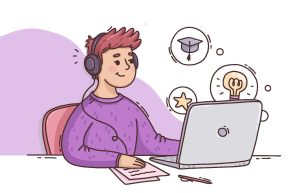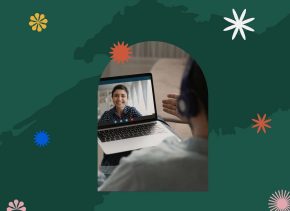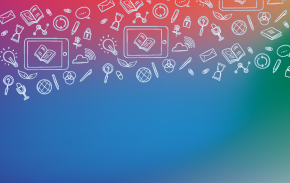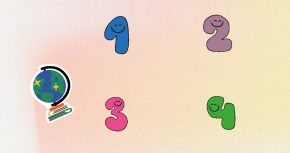
🔒 Implementing Digital Portfolios in Preschool and Elementary School
In 2021-2022, École Cœur-Soleil piloted a digital portfolio project with two grade levels, preschool and Grade 3. Resource teacher Caroline Labbé was granted release time as part of a project submitted to the Quebec’s Ministry of Education, which allowed her to prepare the basic model, facilitate the first three periods of the project in class, and be present and available for the teachers involved.














